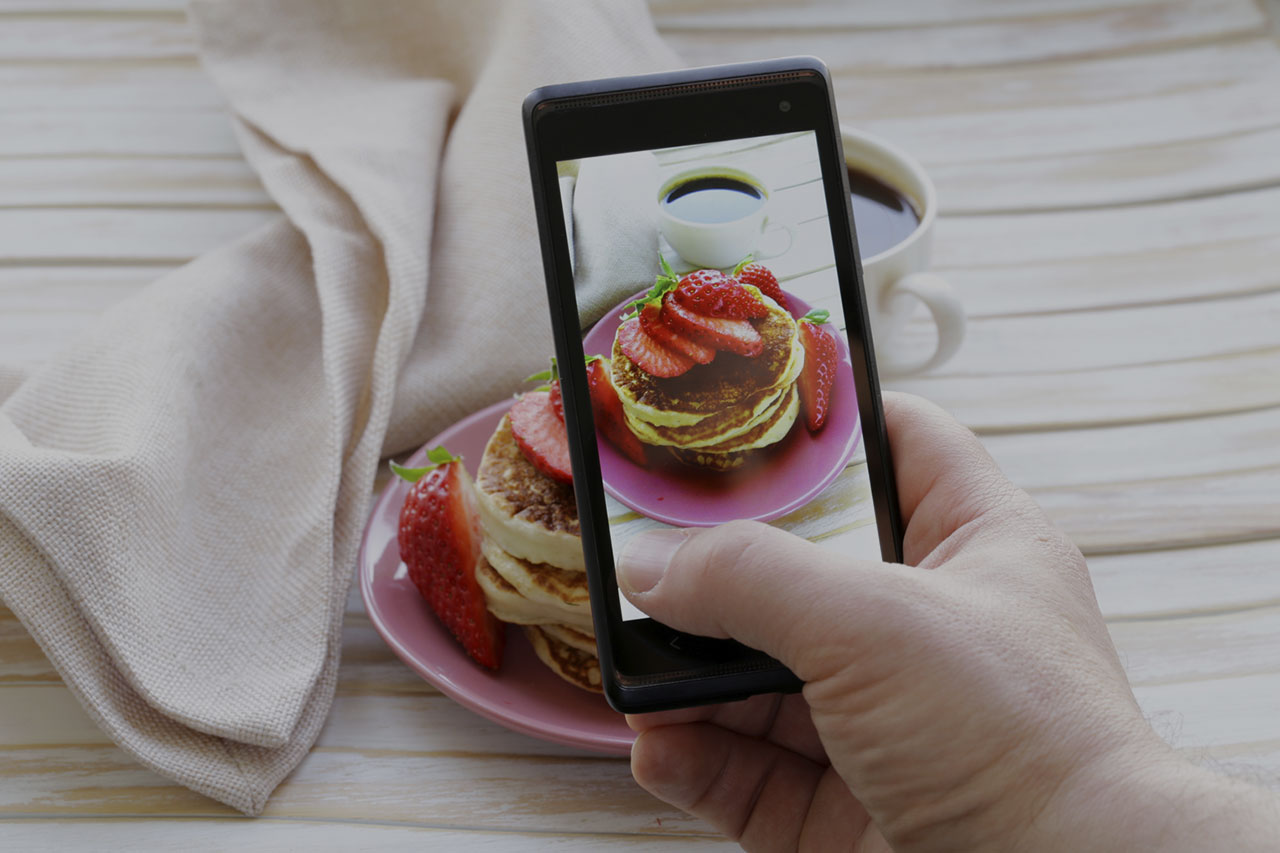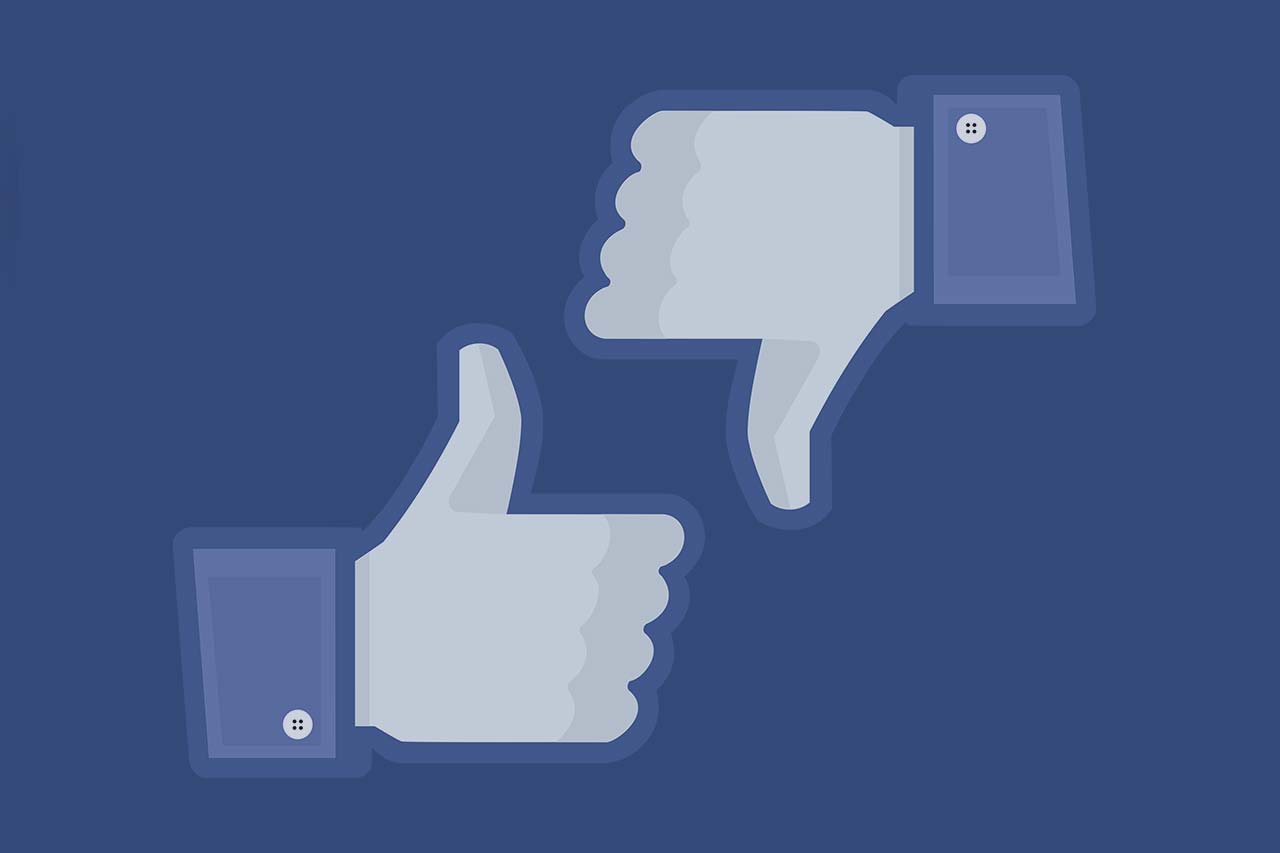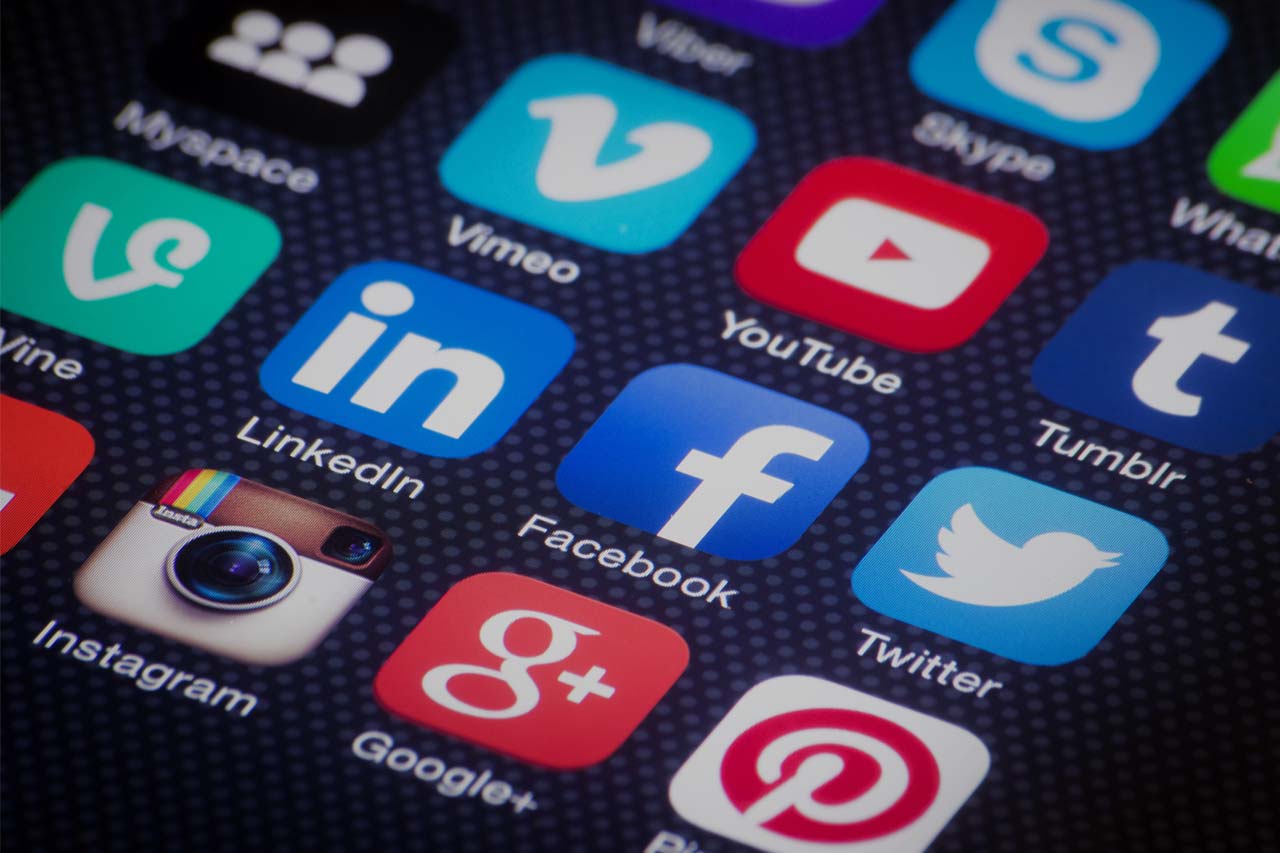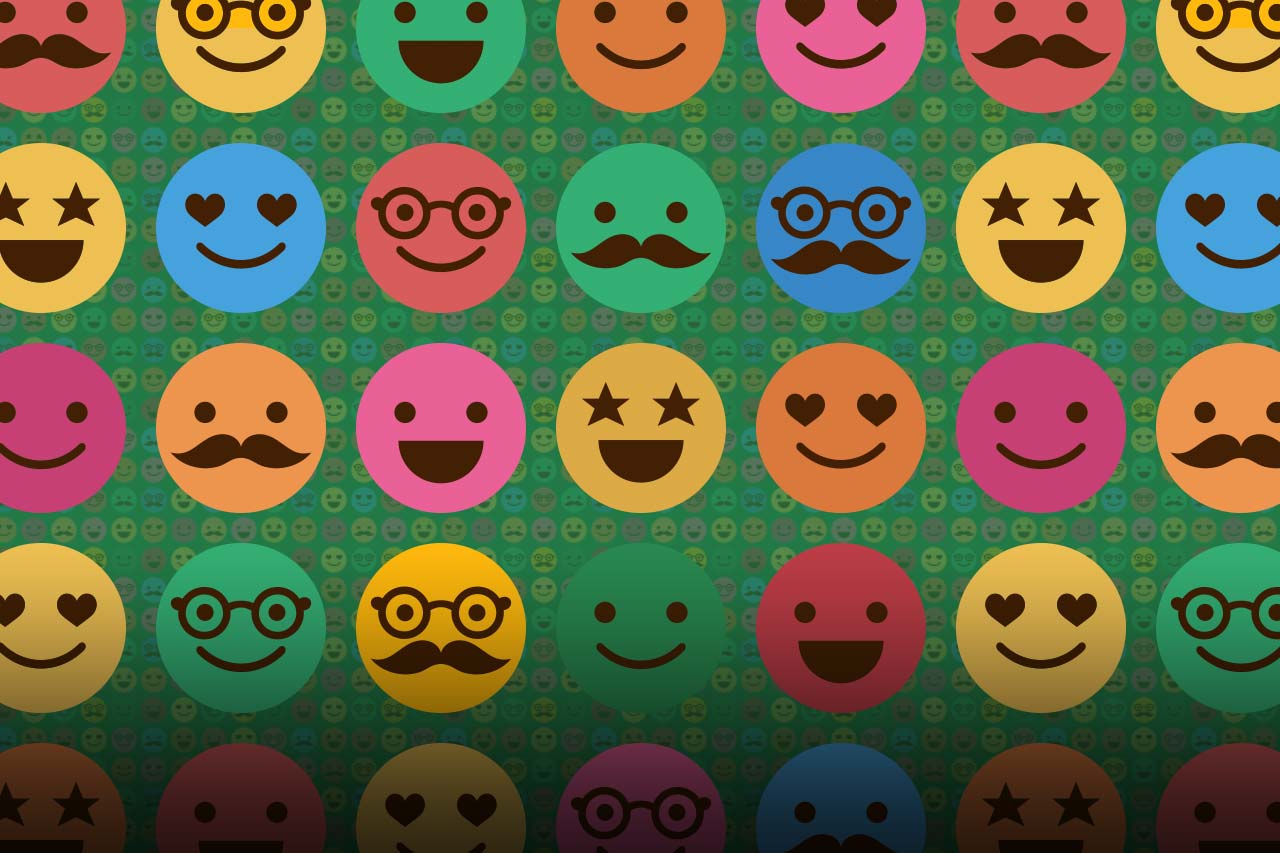In this day and age, people are constantly taking and sharing photos. Thanks to their 8-megapixel smartphone cameras and built in filters, it’s easy to take a glorious picture. But the real moneymaker moment happens when someone shares a photo involving a brand. This is what we call: User Generated Content. UGC is any form of […]
In this day and age, people are constantly taking and sharing photos. Thanks to their 8-megapixel smartphone cameras and built in filters, it’s easy to take a glorious picture. But the real moneymaker moment happens when someone shares a photo involving a brand. This is what we call: User Generated Content. UGC is any form of content such as a, video, image or blog post created by a consumer or end-user and is publicly available. Social media mediums have proven to be continuously reliable sources for UGC. This is due to the simple fact that platforms such as Instagram and Twitter are hashtag based and easily searchable; vice versa, users are able to tag brands on posts, sometimes eliminating the need to search at all. Not to mention, everyone’s on social!
UGC posts become a kind of endorsement for brands; with the proper permission brands can repurpose these posts and show them off on their own social media page. “User-generated content as a media channel comprises an increasingly significant share of time that consumers are spending with content overall- indicating that consumers are ever more receptive to it. (Crowdtap)”Here’s how top brands go about acquiring and utilizing UGC.
The first step is always getting permission

A big name like Starbucks has so much UGC at their fingertips (literally), but they still need to take the appropriate steps in order to share a consumer’s photo.
Often times brands will create campaigns encouraging users to create content
In August 2015 Modcloth launched a contest on Pinterest “Be Our Pinspiration,” asking users to create a Pinterest board filled with inspirational images and named after the Modcloth campaign. The winner received a gift card and clothing pieces named after them.
For brands, hosting contests on Facebook is a simple and easy way to get UGC

Dove’s “Share Your Beautiful Self” promotion asked users to upload a photo of themselves and a friend. Dove turned each entry into an e-card that could be shared with Facebook friends.
But even a simple hashtag search can reveal a plethora of UGC


Our client, Interlux Paint, receives a lot of UGC from Instagram
You can cross promote UGC on other social platforms, like Facebook
The biggest content drivers are people between the ages 25 and 54 and contribute to 70% of all UGC (SparkReel). UGC continues to dominate the majority of web content, with Pinterest creations up by 75% (Kleiner Perkins Caufield Byers). Everyone with a smartphone is a potential content creator and this gives marketers and companies alike a huge pool of content to choose from. Content curation is a vital part in telling the story of your brand, so it’s important to see to what your consumers are saying/posting and being receptive to them. Sharing their posts is a great way of doing just that! Not to mention it’s easy and cost-efficient!










